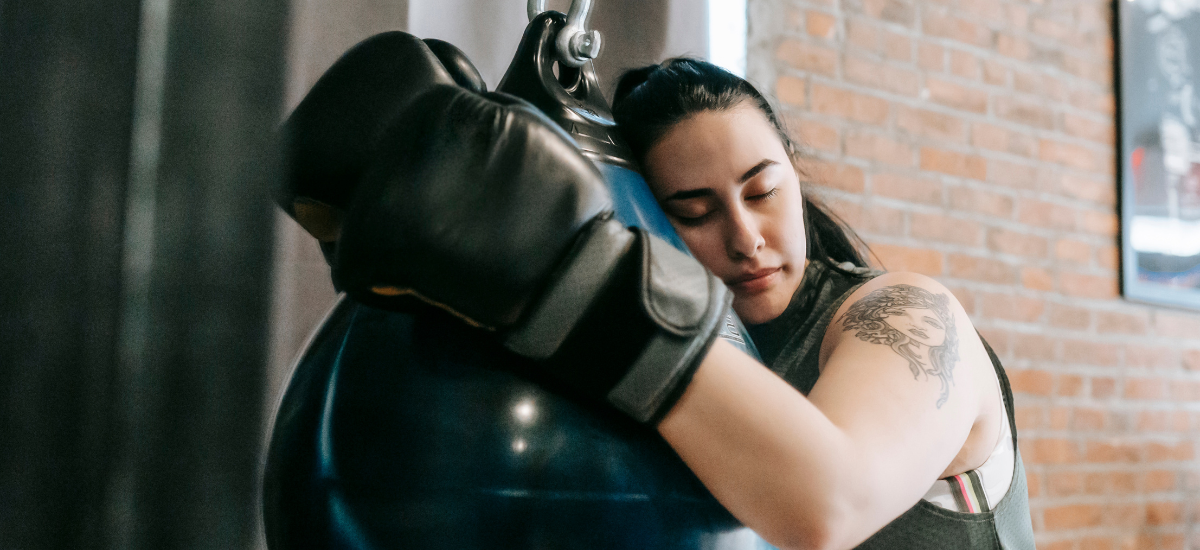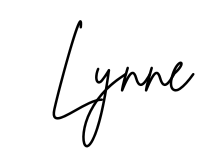
The ‘what & why’ of active rest days!
Feeling wrecked? Sore, tired muscles? Problems sleeping? Despite all the working out? This could be your body’s way of telling you it needs a break!
Being consistent and sticking to a fitness routine is key to reaching fitness goals but did you know that taking a break is also crucial to a well-balanced fitness routine?
WHAT IS ‘ACTIVE REST’?
We’re not talking about doing nothing! We mean low intensity activities that keep you active and keep the blood flowing to promote muscle recovery, leaving you refreshed and energised for your next training session! The key here is ‘gentle exercise’.
BENEFITS
Your mind and body will thank you for an active rest! It also means that by staying active (remember, gently!) you aren’t breaking your exercise routine. The benefits include:
- Prevent overtraining: too much exercise can put immense pressure and stress on the body which can ultimately cause burnout and injuries. Active rest promotes recovery and repair, so you come back stronger.
- Better performance: excessive training can actually hinder performance. The right type of rest and relaxation increases the blood flow and increases the body’s functioning, which in turn boosts performance.
- Promotes healthy sleep: constant or excessive exercise can overproduce hormones like cortisol and adrenaline, meaning you find it harder to relax or switch off or sleep. Rest actually helps to regulate hormones to a more balanced state, promoting better sleep.
ACTIVE REST ACTIVITIES
The type of activities you choose may depend on the intensity and frequency of your workouts but one thing for sure is that we all need active rest days to recover and repair. Listen to your body – any niggles or pains could be an indication that you need to rest. It’s also important to find activities that you enjoy – the more you enjoy it the more likely you are to stick at it. You could try:
- Yoga/pilates: great for supporting rest and relaxation whilst also promoting flexibility, balance and muscles.
- Low intensity cardio: such as walking, cycling, dancing or swimming.
To measure if you are truly getting ‘active rest’ you should be able to hold a conversation while doing the activity!
TAKEAWAY
Sometimes, less is more! Over exercising can cause burnout and long-term damage, so listen to your body, know your limits and take breaks as and when you need them. This is not a sign of weakness, it’s a sign of wisdom!


Lynne Troughton
getactiveabc Fitness Instructor
